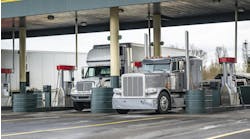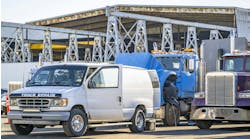As with any other area of your business, you need to measure the performance of your accounts payable function. Why? Because automating accounts payable is a task that touches many aspects of a business — procurement, accounting, IT. And when automation efforts are aligned to business goals, the entire enterprise benefits from the insight to cash flow and the visibility that comes from the data.
Step 1 is to learn how AP is performing. Some key performance indicators (KPIs) that you should be monitoring include:
- Cost of processing a single invoice
- Time to process a single invoice
- Invoices received electronically
- Suppliers that submit invoices electronically
- Invoices processed “straight through”
- Invoices linked to Purchase Orders
- Invoice exception rate
According to data from Ardent Partners, the average cost to process one invoice including labor, overhead, technology, etc., is $11.57. Ardent says this is only a 4% decrease compared to 2017 figures. In order to continually lower the cost of processing invoices, you need to look at ways to streamline day-to-day operations, Ardent says.
There is some good news in Ardent’s e-payable benchmark report: there has been a 25% year-over-year reduction in the time it takes to process invoices.
But the not-so-good news: invoice exceptions remain a problem. The average invoice exception rate rose to 23.2%, a 26% increase compared to 2017 data, Ardent explains. This means your AP staff is spending a lot of time “correcting and managing invoice exceptions, which comprises 24% of their day,” the report states.
A goal of every AP department should be for its technology solution to allow invoices to be processed in a straight-through manner without human intervention. Unfortunately, today only 26.6% of invoices on average are processed this way. “Human intervention in invoice processing generally creates high processing costs and longer processing times,” Ardent says.
While cost to process, time to process, invoice exceptions and straight-through processing are the most important indicators, here is a look at the average performance of some of the other KPIs.
- Invoices received electronically: 45%
- Suppliers that submit invoices electronically: 24.7%
- Invoices linked to Purchase Orders: 60.5%
Compare the performance of your AP department to these industry benchmarks to see how you measure up. Take the necessary action to improve your performance in areas where you fall short of industry averages. Your entire company will see the benefits.



